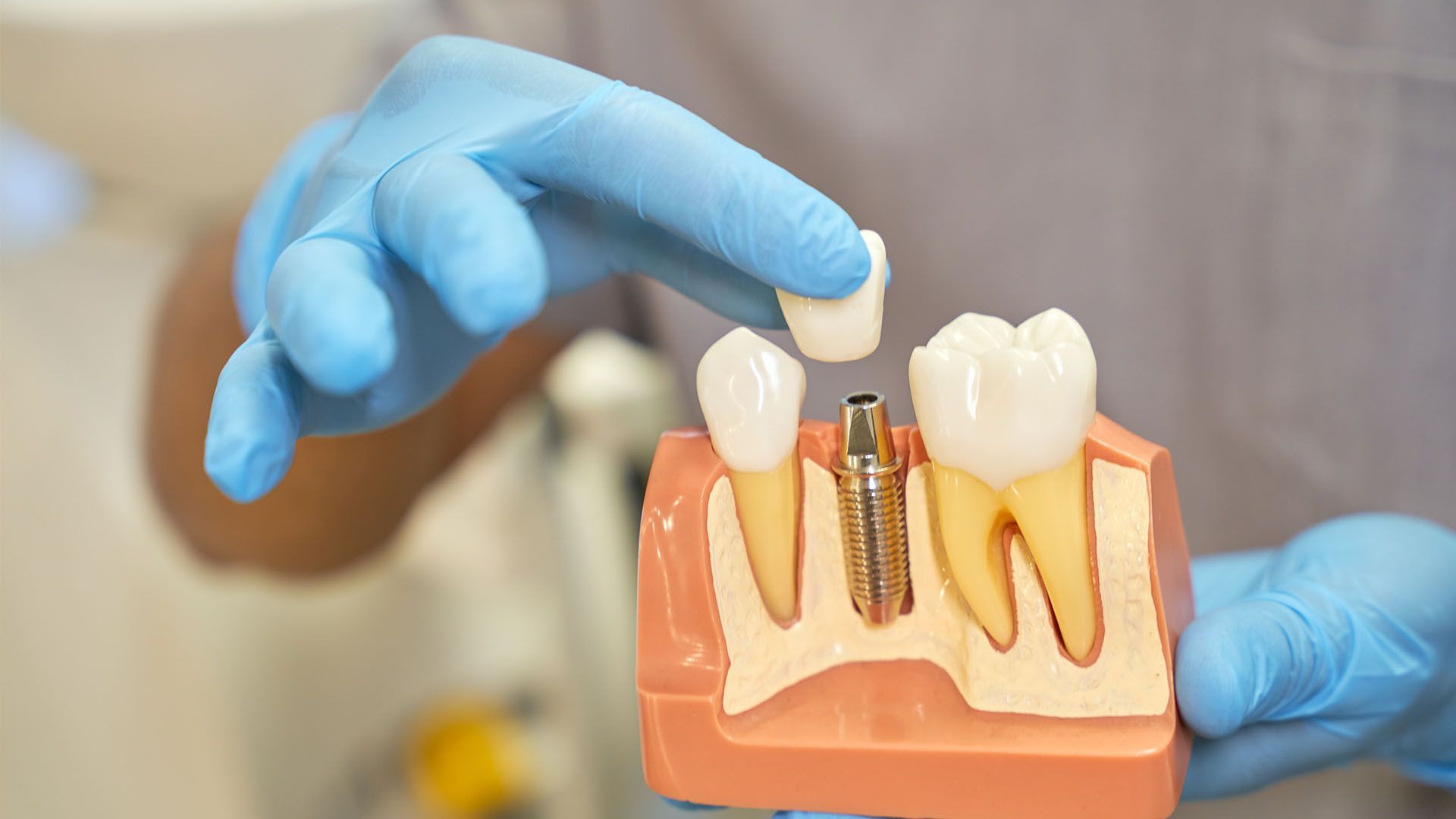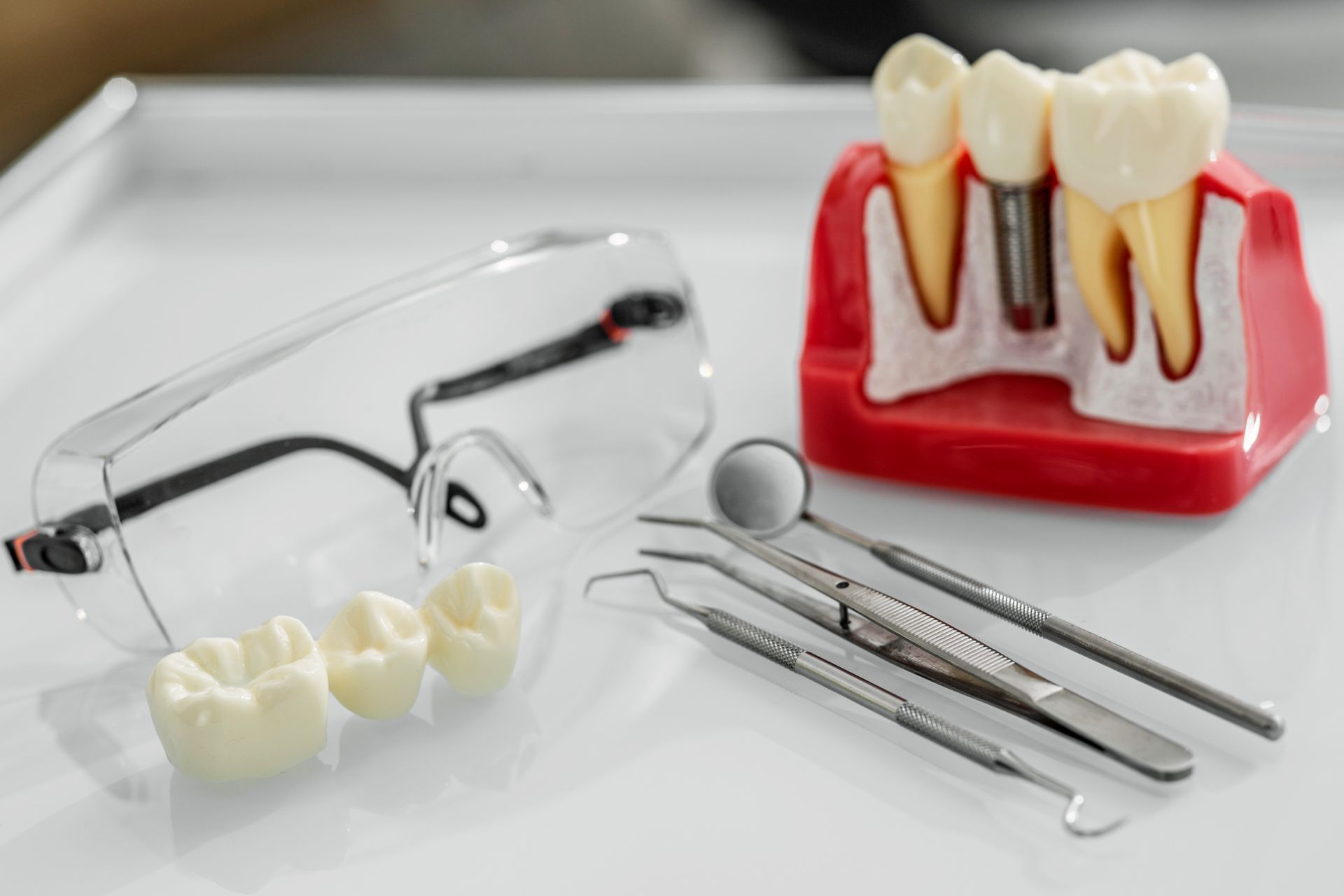Is It Safe to Recement a Loose Dental Bridge?

If your dental bridge feels loose, you're not alone and you're probably wondering: can a loose dental bridge be recemented? In many cases, yes but it depends on the condition of the bridge, the supporting teeth, and the underlying cause. In this article, we’ll walk through when recementing is possible, when replacement is the better option, and what you can expect during the process.
What Is a Dental Bridge and Why Does It Become Loose?
A dental bridge is a fixed restoration that replaces one or more missing teeth by anchoring to adjacent natural teeth (abutments) or implants. It’s a durable and functional solution, but like all dental work, it can loosen over time due to:
- Wear and tear of dental cement
- Tooth decay under crowns or abutments
- Trauma or biting forces
- Gum recession or periodontal disease
Signs Your Dental Bridge May Be Loose
Not sure if your bridge is loose? Here are common signs:
- A shifting or moving sensation when chewing or speaking
- Discomfort or pain around the bridge
- Difficulty chewing or biting down
- Food getting stuck beneath the bridge or around it
These symptoms may signal the need for professional evaluation to determine if recementing is possible.
Is It Safe to Recement a Loose Dental Bridge?
In many cases, yes, recementing is safe and effective. However, it depends on:
- Bridge condition: If the bridge is intact, without cracks or warping
- Supporting teeth: The abutment teeth must be stable, with no major decay or fractures
- Gum and bone health: No severe gum disease or bone loss should be present
If these conditions are met, your dentist may be able to remove the bridge, clean the area, and recement it safely.
When Can a Dental Bridge Be Recemented?
Your bridge may be eligible for recementing if:
- The
bridge itself is undamaged
- The
abutment teeth are strong and healthy
- There's
no decay or infection beneath the crowns
- The surrounding gum tissue is healthy
In these cases, recementing offers a cost-effective and quick fix that restores function and aesthetics.
When Should a Dental Bridge Be Replaced Instead?
There are situations where recementing isn’t the best option. These include:
- Fractures in the bridge or ceramic materials
- Tooth decay under the bridge or crown margins
- Receding gums or bone loss that no longer support the bridge properly
- Damaged abutment teeth, which may require additional restorative treatment
In these cases, a new bridge or alternative restoration (like an implant) may be recommended.
What to Expect During the Recementing Process
If your bridge can be saved, here’s what your dentist will do:
- Initial Evaluation & X-Rays: To assess the health of your bridge and surrounding structures
- Removal of Old Cement: Carefully detaching the bridge and cleaning off residual bonding agents
- Cleaning: The abutment teeth and underside of the bridge are thoroughly cleaned
- Recementing: A new dental adhesive is used to secure the bridge in place
The procedure is generally quick and can often be completed in a single visit.
Temporary vs. Permanent Rementing Options
Depending on your case, your dentist may use:
- Temporary cement: When more evaluation or healing time is needed
- Permanent cement: If the structure is stable and no further treatment is needed
Temporary recementing may be used as a short-term solution until a permanent fix is decided upon.
Can You Recement a Bridge at Home?
DIY recementing kits may seem like a quick fix, but they often lead to more problems. Risks include:
- Improper fit, causing more damage
- Trapping bacteria, leading to decay or infection
- Delaying necessary treatment, which could make the problem worse
Always consult a professional dentist to evaluate and address any dental bridge issues.
How to Prevent Future Bridge Issues
To help extend the life of your bridge:
- Practice excellent oral hygiene, brushing and flossing daily
- Visit your dentist regularly for cleanings and checkups
- Avoid chewing hard or sticky foods that can loosen or damage the bridge
Conclusion
So,
can a loose dental bridge be recemented? Often, yes but only after a professional evaluation. If the bridge and supporting teeth are in good shape, recementing can restore your smile quickly and affordably. If not, your dentist will guide you through safe replacement options. Either way, prompt attention is key to protecting your oral health.

Frequently Asked Questions
How long does dental cement last on a bridge?
Dental cement used to secure a bridge can last 5 to 15 years, depending on the type of cement, oral hygiene, and bite pressure. Over time, the bond may weaken due to wear, decay under crowns, or gum recession, which is why regular dental checkups are important.
What should I do if my dental bridge is loose?
If your bridge feels loose, don’t try to fix it at home. Contact your dentist immediately for an evaluation. A loose bridge can allow bacteria to enter, increasing the risk of decay or gum infection. Your dentist will determine if it can be recemented or if replacement is needed.
Can a dentist reglue a bridge?
Yes, if the bridge and supporting teeth are still in good condition, your dentist can remove the bridge, clean the area, and recement it with dental adhesive. This is typically done in one visit and is much more affordable than a full replacement.
How many times can a dental bridge be replaced?
There’s no strict limit, but a bridge can be replaced multiple times as long as the abutment teeth remain strong and healthy. However, each replacement may slightly impact the supporting teeth, so your dentist will evaluate the long-term viability and may recommend implants as a more stable option.
What is the average lifespan of a dental bridge?
The average dental bridge lasts 5 to 15 years, but with excellent oral hygiene and regular dental care, some can last 20+ years. Lifespan depends on the materials used, bite force, gum health, and whether the patient avoids habits like chewing ice or hard candies.









